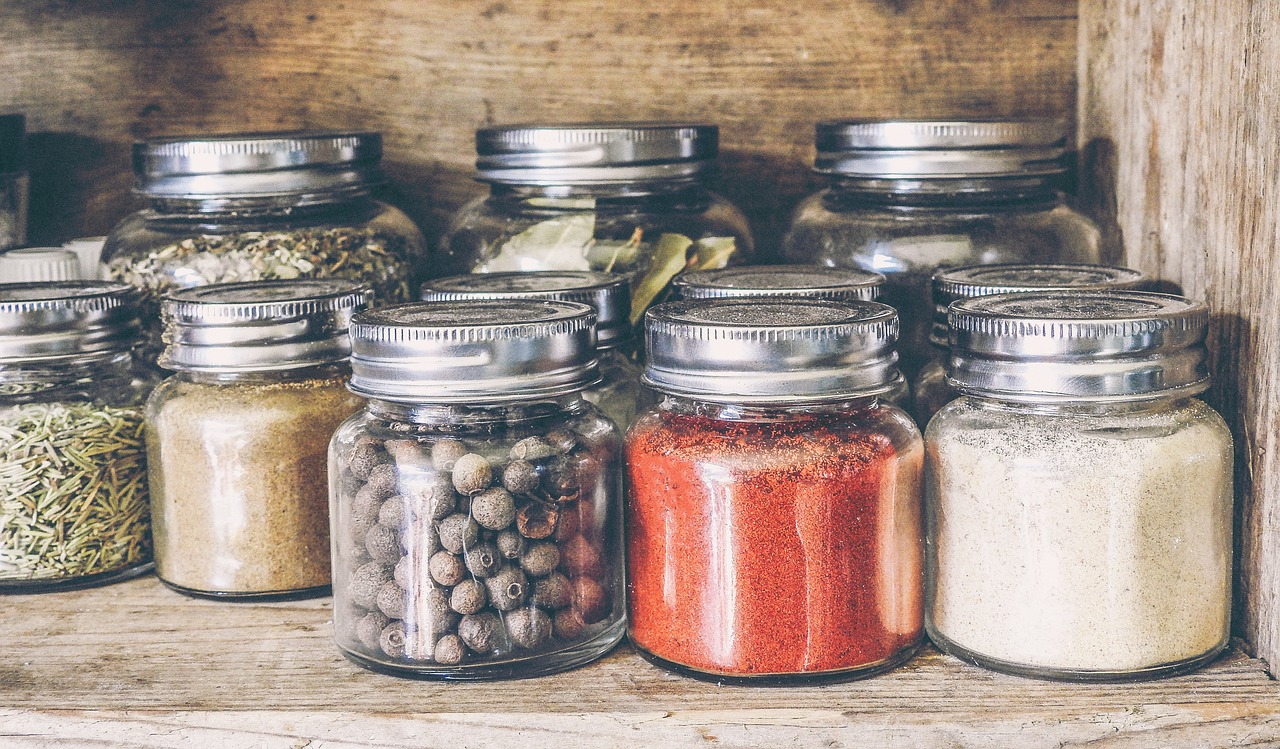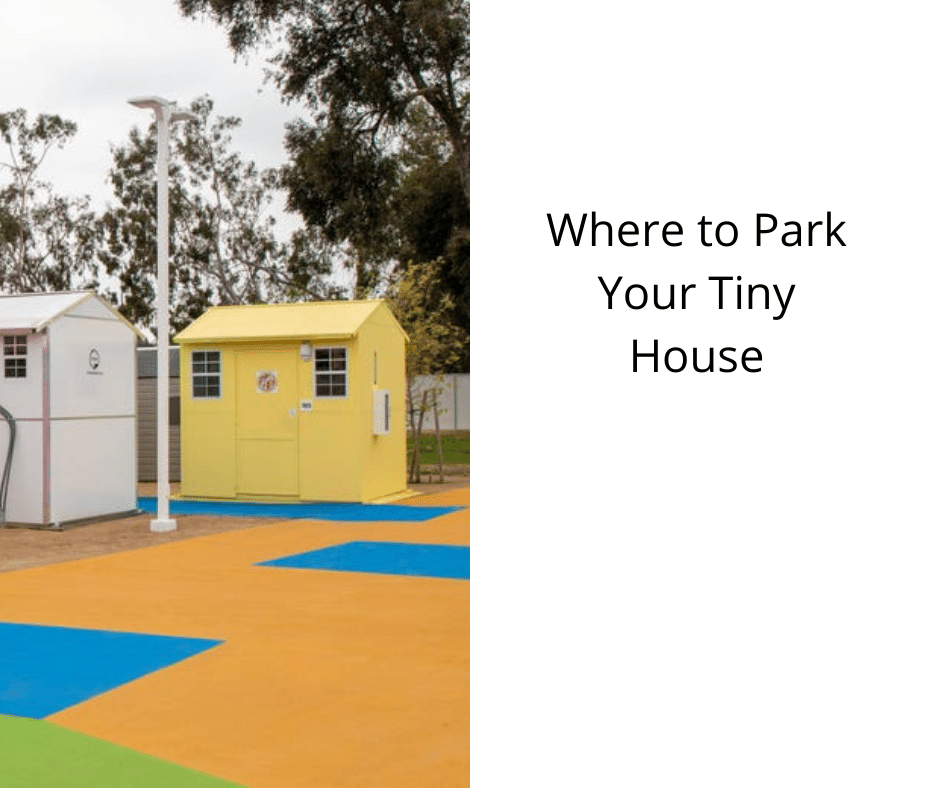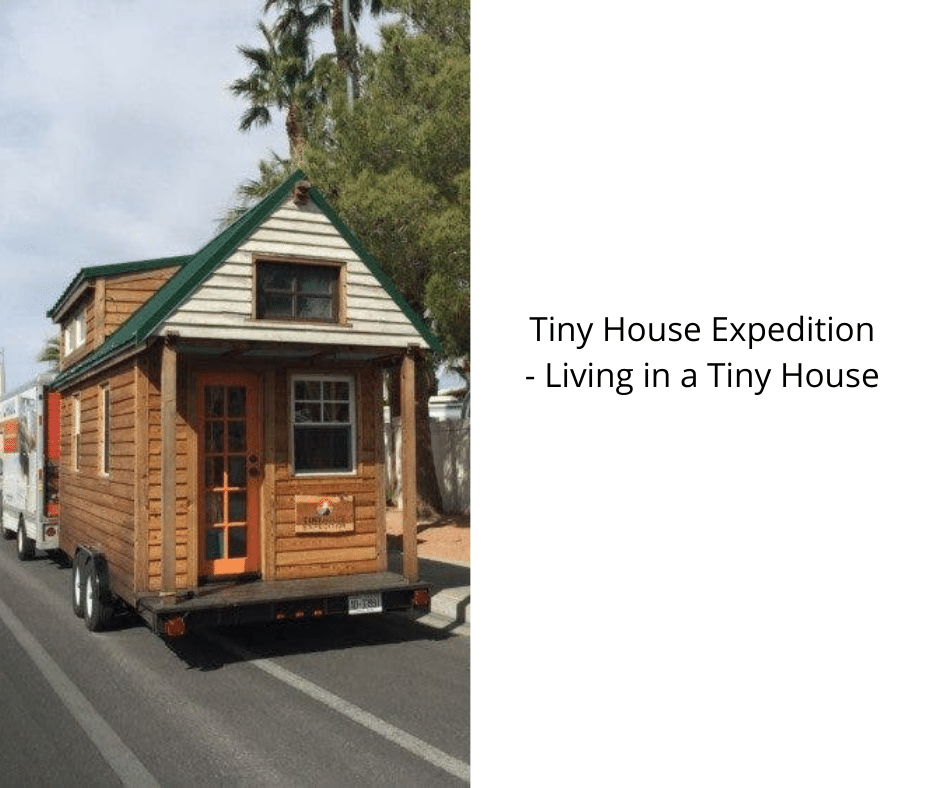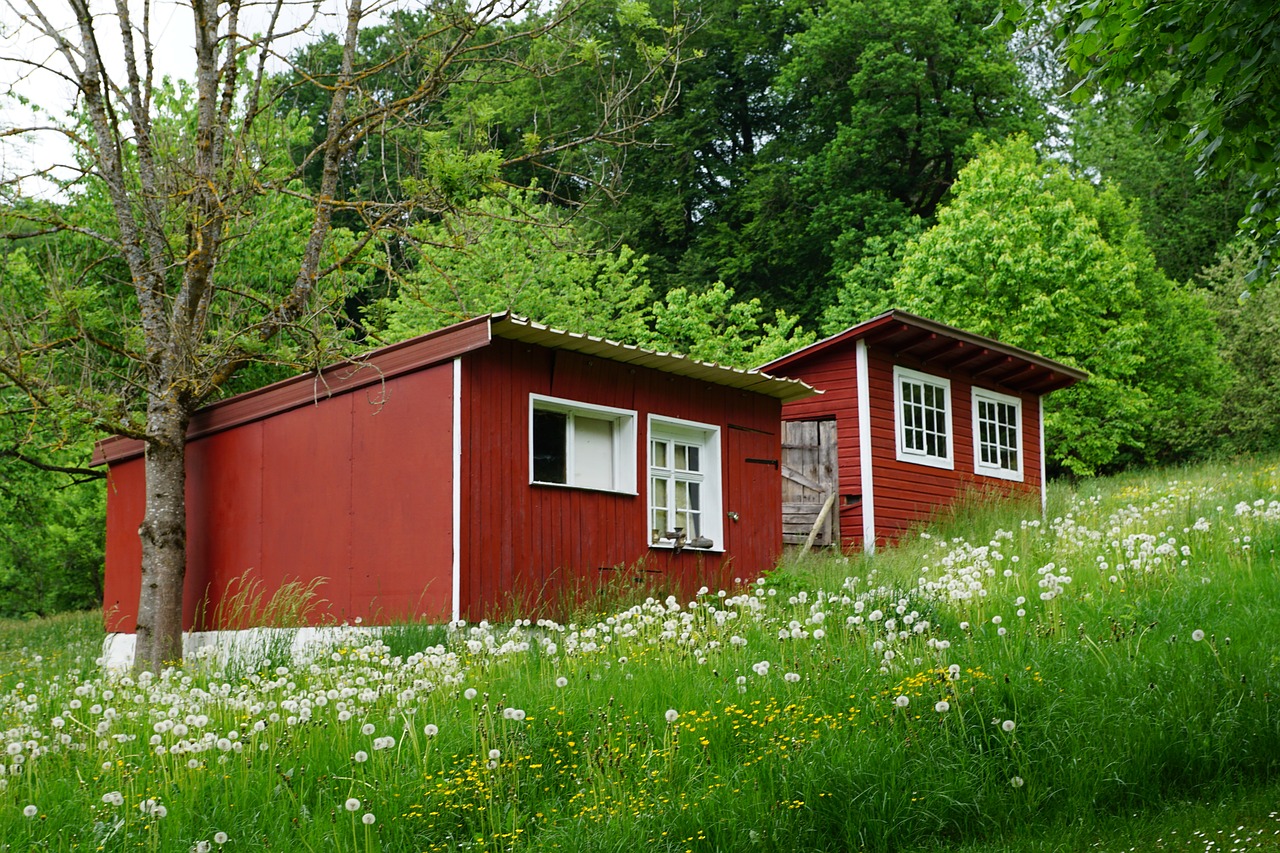Drew’s Winter Wonderland: The Ultimate Snowmobile Camper
Drew Builds Stuff has created a groundbreaking camper designed for snowmobiles, attracting winter camping enthusiasts. This lightweight camper, made from foam and fiberglass, weighs only 135 lbs and is equipped for camping in cold weather.
Featuring a custom-built parafin stove, twin bed, storage drawer, and small interior shelf, Drew’s Tiny Snowmobile Camper is a cozy haven for those seeking a winter wonderland adventure.
The camper’s features are not limited to its interior amenities. The heat exchanger fan, powered by a portable battery pack, and the little solar panel on the roof connected to a Bluetti power station, make this camper a self-sufficient winter camping experience.
Drew’s attention to detail is evident in the custom tow hitch and the design of the camper’s exterior. While not everyone may have the skills or tools to create such a masterpiece, following Drew’s journey in the conversion process is sure to inspire outdoor enthusiasts everywhere.
Key Takeaways
- Drew Builds Stuff created a lightweight foam and fiberglass snowmobile camper for winter camping, weighing only 135 lbs and designed to be towed by a snowmobile.
- The camper is self-sufficient with a heat exchanger fan powered by a portable battery pack and a solar panel on the roof connected to a Bluetti power station.
- The interior layout maximizes space efficiency with a custom-built paraffin stove, twin bed, storage drawer, and small interior shelf.
- A small and well-designed living space can provide a warm and cozy experience for the adventurous camper, with winter camping essentials including a good sleeping bag, warm clothing, and reliable heating devices.
Conversion Process
The conversion process of Drew’s Tiny Snowmobile Camper, which involved transforming a bike camper into a snowmobile camper, showcases the ingenuity and resourcefulness of the builder. Drew Builds Stuff utilized lightweight foam and fiberglass to create a traditional teardrop-shaped camper that weighs only 135 lbs. This lightweight material not only makes the snowmobile camper easy to tow but also provides insulation against the cold winter weather.
To accomplish this project, Drew needed a variety of tools, including a circular saw, jigsaw, drill, and a rivet gun, to name a few. While the cost breakdown will vary depending on the tools and materials used, it is worth noting that the investment into this camper can be spread out over at least six months.
However, not everyone will have the tools or skills to accomplish this type of project, and it may require enlisting the help of a professional builder.
Features and Design
Designed for winter camping, the lightweight foam and fiberglass teardrop-shaped camper boasts a functional interior layout that maximizes space efficiency. The twin bed provides a comfortable sleeping area, while the storage drawer and small interior shelf offer ample storage options for camping gear and supplies. The camper’s material selection prioritizes lightweight yet durable materials, making it easy for the snowmobile to tow.
In addition to its practical features, Drew also custom-built paraffin stoves for heat. The tiny paraffin stove and paraffin woodstove complement the camper’s compact design, producing enough heat to keep the interior warm during cold winter nights.
The heat exchanger fan for the heater runs off a portable battery pack, which ensures that the camper remains warm without relying on an external power source. With its thoughtful design and attention to detail, Drew’s snowmobile camper is a perfect example of how creativity and resourcefulness can lead to a unique and functional camping experience.
Winter Camping Experience
Despite the harsh conditions that come with winter camping, Drew’s creation showcases how a small and unconventional living space can ironically provide a warm and cozy experience for the adventurous camper.
Winter camping requires a different set of gear essentials compared to summer camping. A good sleeping bag, layers of warm clothing, and reliable heating devices are just some of the things that one must consider when planning a winter camping trip. Drew’s tiny snowmobile camper addresses these needs through its custom-built parafin stove and paraffin woodstove, which provide ample heat for the small living space. Additionally, the camper’s heat exchanger fan runs off a portable battery pack, ensuring that the camper stays warm even when the snowmobile is turned off.
Safety is also a crucial aspect of winter camping, and Drew’s camper is equipped with features that prioritize the camper’s well-being. The custom-built tow hitch ensures that the camper stays securely attached to the snowmobile, while the little solar panel on the roof provides the camper with an alternative power source. The camper’s lightweight foam and fiberglass build also minimizes the risk of accidents while on the road.
Drew’s winter wonderland camper is a testament to how a small and well-designed living space can offer a warm and safe winter camping experience.
Frequently Asked Questions
How much did it cost Drew to convert the bike camper into a snowmobile camper?
The cost of converting a bike camper into a snowmobile camper varies depending on the materials used and the skills of the individual. The original camper was built with lightweight foam and fiberglass, which are relatively affordable materials.
However, custom additions such as a paraffin woodstove, a heat exchanger fan, and a solar panel can increase the cost. The investment can be spread out over several months to make it more manageable.
It is important to note that not everyone will have the tools or skills to accomplish this type of project, which may require additional costs such as hiring a professional or purchasing specialized equipment.
What kind of snowmobile does Drew use to tow the camper?
Drew’s Snowmobile Camper is an impressive feat of engineering, one that required a great deal of skill and expertise to create. While there is no doubt that the camper itself is an incredible achievement, it is worth noting that the snowmobile used to tow it is equally impressive.
Unfortunately, the specific model of snowmobile that Drew uses is not mentioned in the article. However, it is safe to assume that the snowmobile has a high towing capacity, as the camper weighs in at a mere 135 lbs.
Overall, the combination of the snowmobile and the camper creates a unique and exciting way to explore the great outdoors during the winter months.
How long does it take to set up the camper at a campsite?
Campsite efficiency is an important aspect of any camping trip, especially during the winter months. When it comes to setting up a snowmobile camper, there are a few tips that can make the process smoother and quicker.
Firstly, it’s important to plan out the campsite location beforehand to ensure a level and safe spot for the camper.
Secondly, having a checklist of necessary items and equipment can help prevent forgetting anything essential.
Thirdly, packing and organizing gear in a way that is easily accessible can save time and frustration.
Additionally, practicing setting up and taking down the camper before the trip can improve efficiency.
With these winter set up tips, campsite efficiency can be improved and the camping experience can be more enjoyable.
Does Drew have any plans to expand or modify the camper in the future?
Future modifications and expansion ideas for Drew’s Tiny Snowmobile Camper are unknown at this time.
While Drew’s creativity and ingenuity have already resulted in impressive modifications, such as a custom-built paraffin stove and solar panel, it is unclear if he has plans for further enhancements.
Given the innovative nature of the original build, it is possible that Drew may continue to experiment with new features and designs.
However, without explicit statements from Drew or his team, it is impossible to predict what future modifications or expansion ideas may be in store for this unique snowmobile camper.
How does the camper handle in extreme winter weather conditions, such as heavy snow or high winds?
As the winter season approaches, many outdoor enthusiasts are eager to embark on exciting snowmobile camping trips. However, it is important to consider the potential risks and challenges that come with extreme winter weather conditions, such as heavy snow or high winds.
When it comes to choosing the right gear for snowmobile camping, investing in high-quality, insulated clothing and sleeping bags is essential for staying warm and comfortable in cold temperatures. Additionally, it is important to take safety precautions, such as carrying emergency supplies and knowing how to properly operate a snowmobile.
When towing a camper, like Drew’s Tiny Snowmobile Camper, it is crucial to ensure that the trailer is securely attached to the snowmobile and that the weight distribution is balanced. Tips for winter camping include setting up camp in sheltered areas, bringing extra fuel for heaters, and staying hydrated to prevent dehydration in dry, cold air.
Overall, with the proper gear, safety precautions, and preparation, snowmobile camping can be a thrilling and enjoyable adventure.
Hi, I’m Emma. I’m the Editor in Chief of Tiny House 43, a blog all about tiny houses. While tree houses are often associated with childhood, they can be the perfect adult retreat. They offer a cozy space to relax and unwind, surrounded by nature. And since they’re typically built on stilts or raised platforms, they offer stunning views that traditional homes simply can’t match. If you’re looking for a unique and romantic getaway, a tree house tiny house might just be the perfect option.










